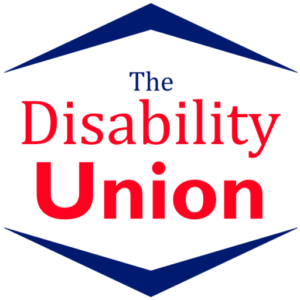
Today we’re going to continue recounting the history of Ed Roberts, the Rolling Quads, and their contributions to disability rights activism. This article is part three, so check out part one and part two! The PDSP, or Physically Disabled Student Program, instantly became a huge success. Before they knew it, the staff of nine had over a hundred student clients, all having various needs. These students became successful in their studies, and quickly were able to move out of Cowel — the health center turned into an accessible dorm. The PDSP never turned anyone away — not even non-students. But this soon grew to be more than the group could handle. Their solution was to form a similar service for non-students.
The CIL Is Born
In 1972, the Center for Independent Living (CIL) was incorporated to help non-students with disabilities live independently. Founded under the same principles as the PDSP, and by the same people, the CIL operated very similarly. The center should be run by disabled people, and all issues will be treated as a social issue. The overall goal would be to integrate disabled people into the community by allowing them to be independent. Independent, in this case, is measured by one’s ability to get the assistance needed to live life on their terms. This meant things like having PCAs, accessible housing, and accessible transportation.
Program Funding
One key difference between the PDSP and the CIL was the budget. PDSP had always had a modest sum of funding to work with, but the CIL had no such luck. They used a donated volkswagen van for accessible transportation, as public transit rarely had ramps or lifts. It operated off of grants, sometimes closing for periods until more funding came in. Some of the employees, including co-founders Ed Roberts and Phil Draper, put in 10% of the pot of their weekly poker game to keep the program afloat.
In February 1974, Roberts took over as head of CIL, and remained for eighteen months. He had left briefly to teach community organizing at East Palo Alto, but missed the sense of importance he felt at the Berkeley campus. He wanted to use his experience in community organizing to help his own people, explicitly talking about disability as a civil rights issue. Roberts even drew parallels to the African American civil rights movement. He hired a new grant writer, Joan Leon, who raised over $1 million for the program.
The CIL and Department of Rehabilitation Merge
In 1975, Roberts left CIL to become director of California’s Department of Rehabilitation. The irony of being head of the department that had once deemed him “infeasible” was not lost on him. In fact, he loved it. Now engaged and a child on the way, Roberts thought this only underscored the problems the department faced. No more would the department turn someone away solely based on the severity of their disability. Previously, the effectiveness of these agencies — and by extension their funding — was based on how many people were placed into jobs. Though an easy thing to measure, Roberts argued that this made it easier for counselors to turn away “harder cases”, or those with severe disabilities. CIL was meant to focus more on independent living, which was a more vague goal. Roberts merged these two ideas together by expanding services like PCA care, allowing disabled people the ability to be independent and look for employment.
Though Ed Roberts changed California’s program, federal funding was still based on how many people were successfully placed in the workforce. The topic is something that disabled people are fighting for today, but Roberts pushed the narrative in the right direction.


